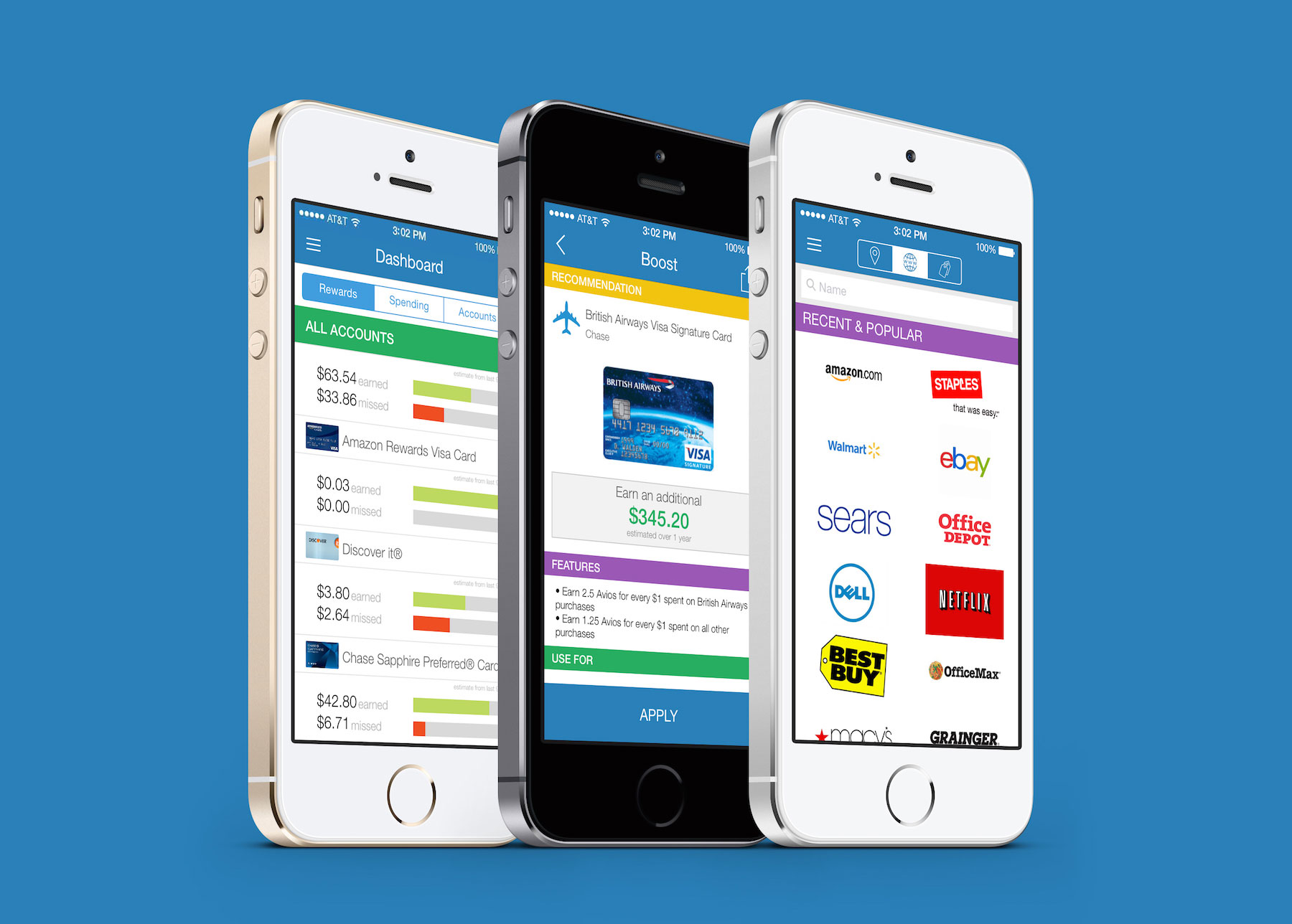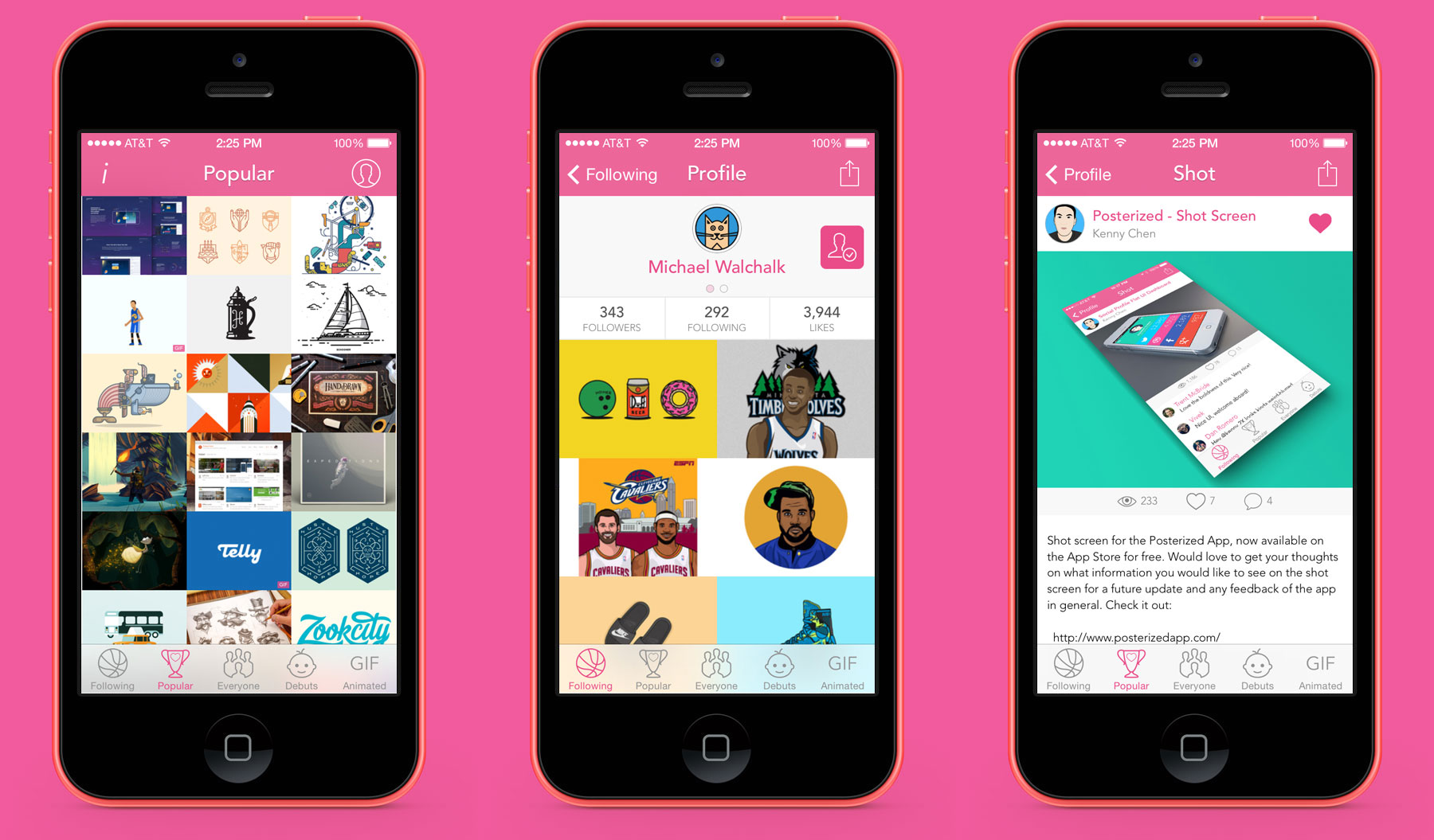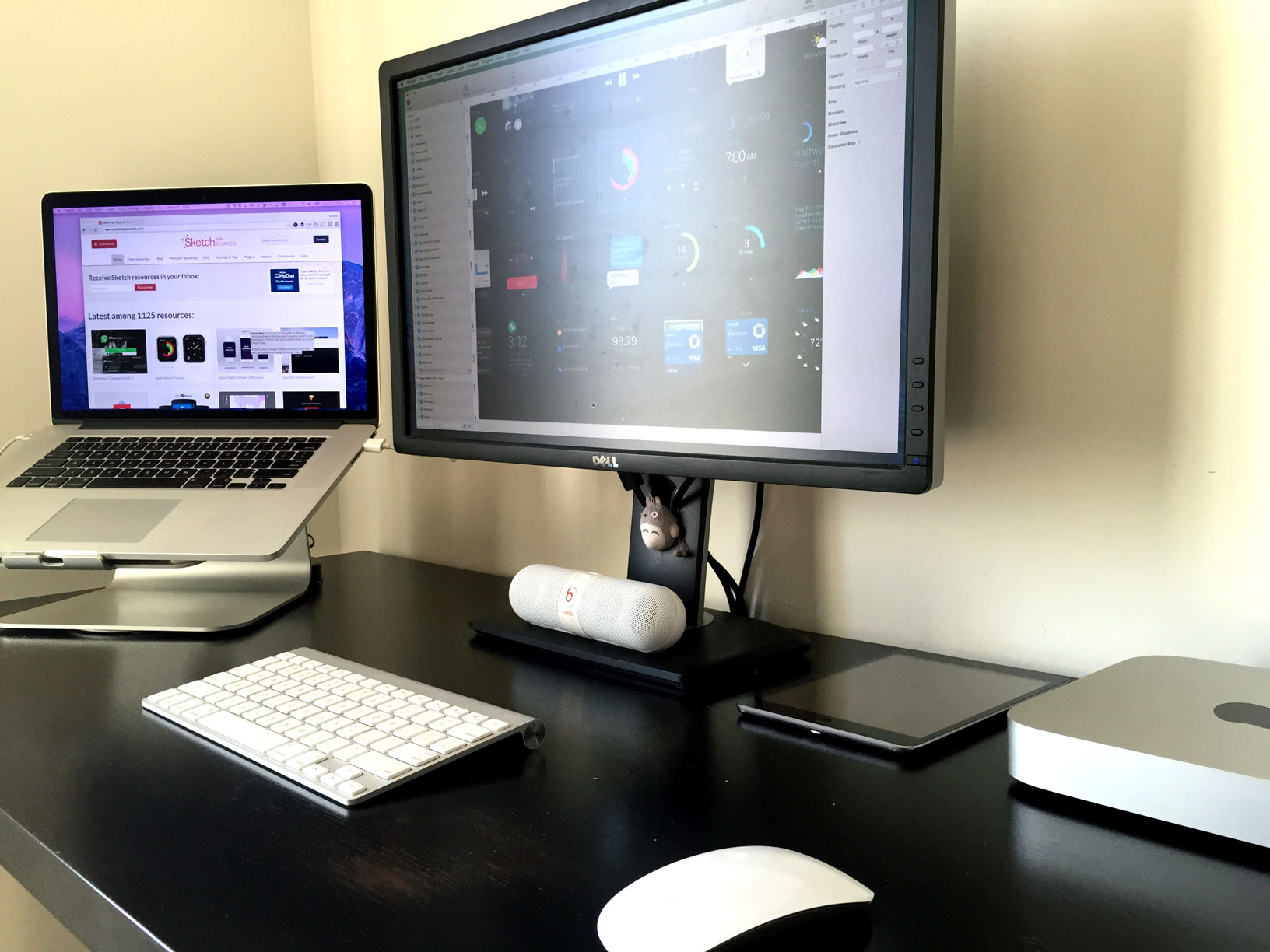Hi, I’m Kenny Chen a UX Designer from Los Angeles with over 10 years of experience working for a variety of companies ranging from small startups to large fortune 500 companies. I’m the Lead User Experience Designer at Wallaby Financial, the leader in credit card optimization solutions.
As a side project, I run UX Design Weekly, a hand picked curated list of the best user experience design links every week. I’m also putting together a free course on designing an Apple Watch app at Design for Wearables.
How did you get into design?
I got my master's degree in Computer Science but it was always the Human Computer Interaction classes that were most interesting to me. After graduating, I looked for positions that focused on design but had a technical aspect where my degree would come in handy. My first real job out of college was writing requirements and designing car navigation systems which turned out to be very valuable because not only did it deal with touch, voice, and remote control inputs (way before the iPhone was a thing) but minimizing driver distraction was of utmost importance.
What does your typical workday look like?
The thing I like about being a UX designer is that there is no typical workday. Depending on what stage a project is at, I could be doing research about our users or the competition, sketching out ideas, wireframing solutions, mocking up designs, or coding a prototype, among other things.
Being on a small team, I also work on the visual design, some front-end coding, product management, QA testing and do a little growth hacking as well.
Who or what inspires and influences your work?
Don Norman’s The Design of Everyday Things is a huge influence on how I look at design. Dieter Ram’s ten principles for good design are timeless. I’m a big fan of Luke Wroblewski’s work as well.
I believe curiosity leads to lots of inspiration - I’m always asking myself why did someone choose to design something this way? I love architecture so naturally that is one area I look to.
What is one project you are most proud of?

I’m most proud of the work I’ve done at Wallaby. As the 2nd hire and the only designer in the company, I designed everything from mobile apps, web sites, wearables, browser extensions, 3rd party apps, marketing ads, emails, and more. Our products have helped people save and earn lots of money so it’s nice to know I had a part in it.
How did you get introduced to Sketch and what do you like most about it?

I had been reading more and more about it and was curious to give it a try. One of my New Year’s resolutions last year was to design and code an iPhone app so I took Meng To's Design+Code course which exposed me to the power of Sketch. What I like most is that it is designed specifically for designing apps and websites which helps save me a lot of time. I ended up designing and developing Posterized, a Dribbble mobile app.
What are some of the tools in your workflow?

My setup includes a 15” Macbook Pro with Retina hooked up to a 24” Dell monitor. Some of the main tools I use include pen and paper for sketching, OmniGraffle for wireframing, Sketch and Photoshop for mockups and visual design (moving more and more to just Sketch), and Framer and InVision for prototyping. Of course, I love using Sketch App Sources for free resources.
If you could go back in time and do something different what would it be?
I would have done more side projects earlier in my career. Besides learnings new skills and experimenting with new things, side projects help fuel your creativity, are fun, and give you complete control.
What advice would you offer to those starting out in the field?
Always keep learning. UX is a multidisciplinary field so learning new skills or improving existing ones never hurts. Start by checking out So you wanna be a user experience designer by Whitney Hess, read The Design of Everyday Things and Don’t Make Me Think, and sign up for my weekly UX newsletter.
It’s not enough to just learn. You have to put what you learn to use. There are tons of bad products out there that need some UX love. Choose one and improve it. As a UX designer, it’s more important to show the process and how you got there than the final product.
